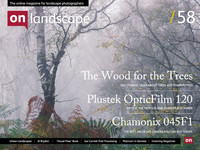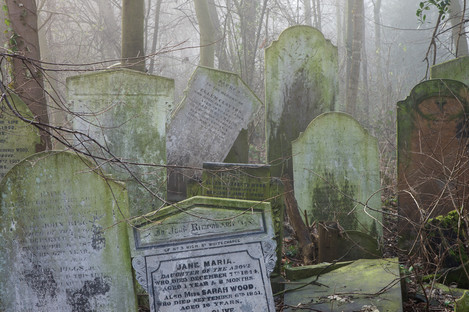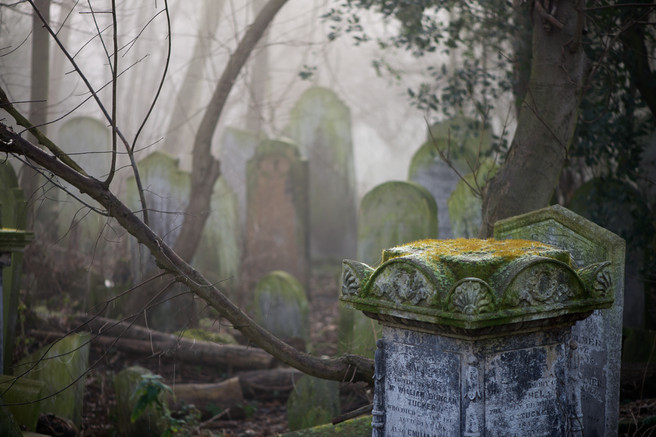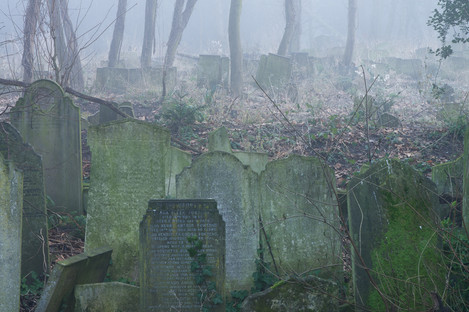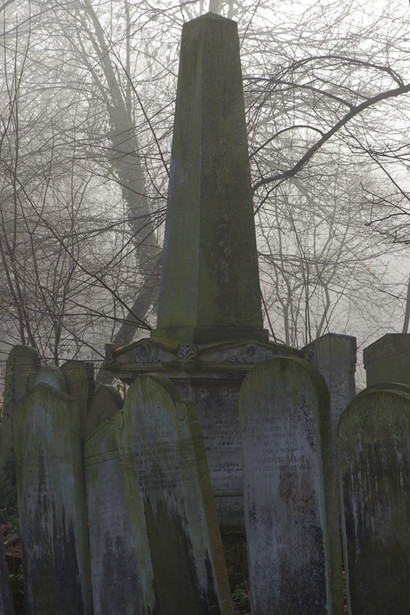Urban Landscapes
Cities offer photographers a myriad of photographic opportunities but capturing wild untamed landscape isn't generally one of them. This raises the question: where do urban dwelling landscape photographers go to practice their craft? The obvious answer is out of town, but that isn't always practical, let alone environmentally sound. If the criteria is somewhere that's accessible via a city's public transport the challenge is a tough one.
With no rock outcrops or rain forests the task in London would appear to be particularly formidable. There are numerous parks, commons and heaths, many of which are absolutely lovely but they tend to be well cared for and have a manicured feel. Parts of Richmond Park and Hampstead Heath are slightly more unkempt, but they're well photographed. That's another criteria in this hypothetical challenge: to avoid standing where numerous other photographers have set their tripods.
Original work of sublime quality can be taken anywhere of course. Some of my personal favourites include Leiter's masterful Manhattan street scenes all taken in his neighbourhood, Kerteze's views of Washington Sq from his apartment window, Josef Sudek's still lifes shot against a studio window thick with condensation or Eggleston's in-flight drink catching the light from a porthole. The ability of a master to see that which ordinary mortals can't remain one of the major draws of photography. Their work is inspirational, but it doesn't particularly help in a quest to find a place or places that might satisfy city photographers who like to get off the beaten track.
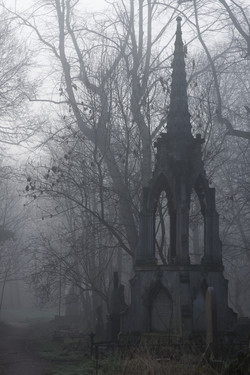 Unsurprisingly I don't have a definitive solution but my guess is that every city has somewhere that might satisfy a landscape photographers yearning for raw nature. It just requires researching, looking hard, some old fashioned legwork and maybe a bit of luck.
Unsurprisingly I don't have a definitive solution but my guess is that every city has somewhere that might satisfy a landscape photographers yearning for raw nature. It just requires researching, looking hard, some old fashioned legwork and maybe a bit of luck.
In London, there are a few acres of prime untamed terrain nestling in the heart of the East End between housing, factories and offices which in my opinion is perfect for urban photography. Tower Hamlet's Cemetery Park opened for 'business' in 1841 and closed for burials in 1966. It was one of London's seven great Victorian cemeteries ("the Magnificent Seven") and marked a vital change from burying the dead in small overcrowded churchyards, a cause of disease and water contamination, to large purpose built cemeteries with company status, in keeping with a big and densely populated city. An extraordinary 247,000 people were interred here by 1889.
The site is now a nature reserve and resembles natural woodland with many birds and insect species making it their home. It would be wrong to give the impression that it is completely overgrown, it's more a managed wilderness.
The location was originally recommended to me as a potential site for photography and as soon as I visited I was hooked. I've now made the early morning pilgrimage on the tube with my camera bag and tripod on a number of occasions. It clearly feels strange dressed for high moorland in the metropolis but as I've only been on freezing mornings I haven't regretted my 'rustic' appearance amongst the early city workers.
Once you walk into the cemetery through gates that punctuate high Victorian (Grade II listed) brick walls you immediately leave behind the bustle of the city and enter a gothic woodland of tumbledown graves, monuments and a maze of footpaths. It's an uncanny transition in an area that is so built up. Wider paths follow the perimeter giving glimpses of the 21st century from the 19th. Off these are narrower tracks that head into the much more overgrown and mysterious interior. As you follow the circular outer path you encounter some interesting features such as the loop that allowed horse drawn hearses to turn around. Thousands of gravestones in various states of decay lean at impossible angles, many into each other.
It will come as no surprise that there is a strong sense of melancholy to the place which is accentuated in the half light of dawn on cold winter mornings. W. Eugene Smith spoke of Pittsburgh's 'vistas of melancholy' but the expression is equally applicable here. Half legible names and epitaphs are all that remains of lives lived long ago, identities inexorably disappearing forever.
I've given this background because I wanted to capture the mood that I've described in a series of photographs. On my first visits there I was seeing the landscape in black and white. I may have been partly influenced by the work of John Gay who created a sublime set of black and white, high contrast, grainy photographs of Highgate Cemetery 30 or so years ago. More to the point was that I couldn't give a coherence to my work in colour. Despite the fact that I was shooting the cemetery almost exclusively with a telephoto lens to isolate the scenes and detail that caught my eye there was anarchy to the environment that I couldn't tame within the frame. That's the challenge: finding form within a setting dominated by a mass of random branches and ivy. By exposing for the highlights, black and white allowed me to pick out texture or detail lit against a darker background. However, on review I felt the images that I'd created didn't in general posses a subtly and lightness of touch that really reflected the character of the place.
It required a change of tack with softer light and one cold morning in late January I struck lucky, albeit by fixating on the weather forecast. In spite of the fact that it was clear in SW London where I live, when I emerged from Mile End Tube Station I could see car headlights cutting through a pea-souper. The cemetery, a short walk away, had taken on film-set qualities with atmospheric fog swirling around the trees and gothic edifices. Hammer's use of Highgate Cemetery for location work is well documented. TH Cemetery is also often used for filming although strangely there's little modern photography of it other than snaps.
I knew I had to work fast as I could see patches of blue sky above. Again I used a telephoto as it gave some compression to the scene and allowed me to exclude the sky. The fog softened detail and added mystery. When combined with shallower depth of field the effect was enhanced. The fog had virtually gone within two hours and the atmosphere changed in the later shots as the sun filtered down through the foliage. In spite of the time constraint, I'd managed to shoot some images that when reviewed I was pleased with.
I hope you like the work and that this piece may have even provided food for thought for other city dwelling togs.

